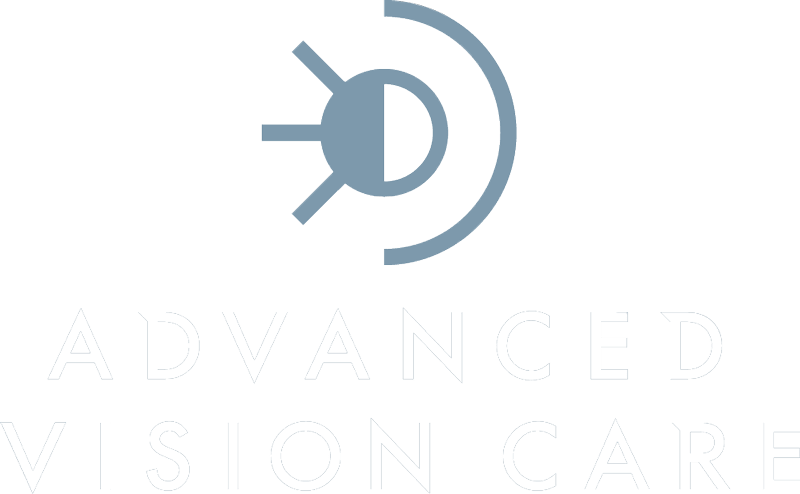Presbyopia or longsightedness is an eye condition that occurs typically around middle and old age. It is the very slow loss of your eyes’ ability to focus on and see objects nearby. It also becomes increasingly difficult to read. Presbyopia begins in the mid-40s and progresses until the mid-60s.
If you have difficulty reading the newspaper or books when you hold them close to your eyes and require to hold them further away to read them, you might suffer from presbyopia.



